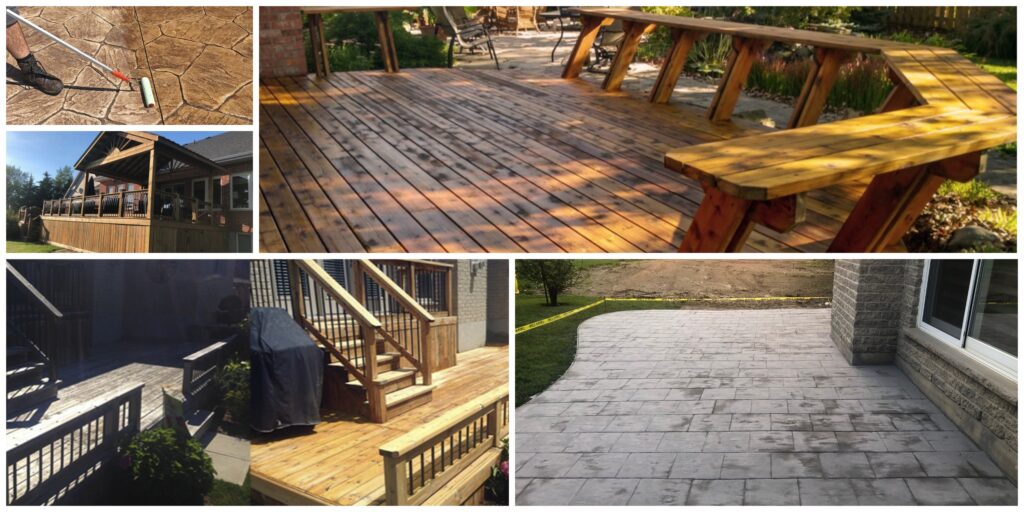
Canada’s diverse and often harsh weather conditions present unique challenges for concrete contractors. From freezing winters to humid summers, the climate significantly impacts curing times, structural integrity, and long-term durability. Choosing the right concrete process is crucial to ensure quality, efficiency, and compliance with Canadian building codes.
In this guide, we’ll explore:
Canada experiences extreme seasonal variations, which can cause:
To combat these challenges, contractors must adjust their processes based on regional climate conditions.
The right mix design ensures durability in varying temperatures. Here are the best options:
Concrete must be protected from freezing during the first 24-48 hours. Best practices include:
✅ Heated Enclosures & Insulated Blankets – Keeps concrete warm during curing.
✅ Hot Water Mixing – Speeds up initial setting time.
✅ Hydronic Heating Systems – Embedded pipes circulate warm water under slabs.
✅ Avoiding Late-Day Pours – Pour early to allow curing before temperatures drop.
⚠️ Risks of Poor Cold Weather Concreting:
High temperatures cause rapid moisture loss, leading to weak concrete. Solutions include:
✅ Moisture-Retaining Curing Methods – Wet burlap, curing compounds, or membrane sprays.
✅ Shaded or Nighttime Pouring – Reduces evaporation rates.
✅ Retarding Admixtures – Slows down setting time for better workability.
✅ Fog Spraying – Maintains humidity around freshly poured concrete.
⚠️ Risks of Hot Weather Concreting:
Proper curing ensures concrete reaches its full strength potential. The best methods for Canadian weather are:
To ensure long-lasting results, follow these expert-recommended steps:
Canadian concrete contractors must adapt their methods based on seasonal challenges. Key takeaways:
✔️ Use air-entrained or fiber-reinforced mixes for freeze-thaw resistance.
✔️ Adjust curing methods (wet curing in summer, insulated blankets in winter).
✔️ Follow CSA standards for temperature and strength requirements.
✔️ Seal and maintain concrete to extend its lifespan.
By implementing these best practices, contractors can deliver durable, high-quality concrete work that withstands Canada’s toughest weather conditions.
Need professional concrete services? Look for award-winning contractors recognized by Home Service Awards for trusted and reliable workmanship.

© All rights reserved. Created with Voxel